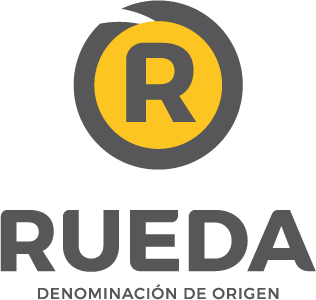2010 was another year of record highs for the Rueda appellation, not only in terms of volume of sales but also in surface area under vine and quantity of grapes harvested. Four new wineries also joined the appellation during the year.
As well as being the 30th anniversary of the official setting up of the Rueda appellation, 2010 was a year of new highs in sales, reaching a figure of 50,183,966 back-labels issued by the Rueda Control Board to its wineries (the equivalent of the number of bottles sold). This represents an increase in sales of 16.14%, in spite of the very unfavourable context of falling wine consumption and economic recession.
This increase comes even after a period of sustained growth enjoyed by all of the Rueda appellation’s wineries over the last years. In 2010 a further four wineries joined the Rueda appellation: Bodegas Copaboca (Torrecilla de la Abadesa), Velasco Estero (Rueda), Diez Siglos de Verdejo (Serrada) and Miguel Arroyo (Puras), whilst other new winery projects which will come into production in future campaigns were also begun in 2010.
For the latest vintage (2010), the Rueda appellation harvested a crop of 76,600,000kg of grapes, the great majority of which were white grape varieties (97%), with the Verdejo as the leading variety, which with a crop size of 61,345,000kg represents 80% of the total grapes harvested. 2010 was the largest harvest on record in the Rueda appellation, due to new vineyards coming into production (more than 1,000 hectares/2,470 acres)as well as rainy weather that arrived at the end of September that brought about an increase in production.
The total surface area of the Rueda appellation, which stretches over the provinces of Ávila, Segovia and Valladolid, has now reached 11,739 hectares (28,955 acres), a new record for the appellation, which has doubled its vineyard surface area in the last ten years. In 2001, it only covered 5,533 hectares (13,666 acres). This expansion of vine area has allowed the indigenous Verdejo grape variety to increase its proportion substantially, thus fulfilling one of the two main aims of the Rueda appellation at its creation in 1980, the other being to convert the appellation’s vineyards to the trellising system of cultivation, to enable fast, mechanised harvesting.
The rise in sales continues the growth trend of the last few years, and for the first time sales have gone over the 50 million bottle mark. The main categories sold on the market were Rueda Verdejo (a minimum of 85% Verdejo in the bottle) with 25,218,000 bottles, Rueda (a minimum of 50% Verdejo in the bottle) with 23,012,000 bottles and Rueda Sauvignon with 1,582,000 bottles.
Whilst information from the Nielson report on 2010 has yet to come out, everything appears to point towards the Rueda appellation having gained more market share again on the domestic market. In 2009, the Rueda appellation was ranked 5th in Spain with a total share of 5.6%, making it the segment’s leader for quality white wines with almost 30%.
However, the Rueda Control Board and the sector are concerned about the prospects for 2011 which appear particularly difficult in the present economic situation, which has led to price adjustments in the markets. The main aim of the Rueda appellation for 2011 will be to sell current stocks of wine, which will require an extra growth of around 15-17%. The latest information we have shows that sales are rising in the retail sector and that sales performance in the on-trade is better than for the other Spanish appellations with a current ranking just behind Rioja as the second best performing appellation in Spain in that sector (i.e. restaurants, hotels and bars).






